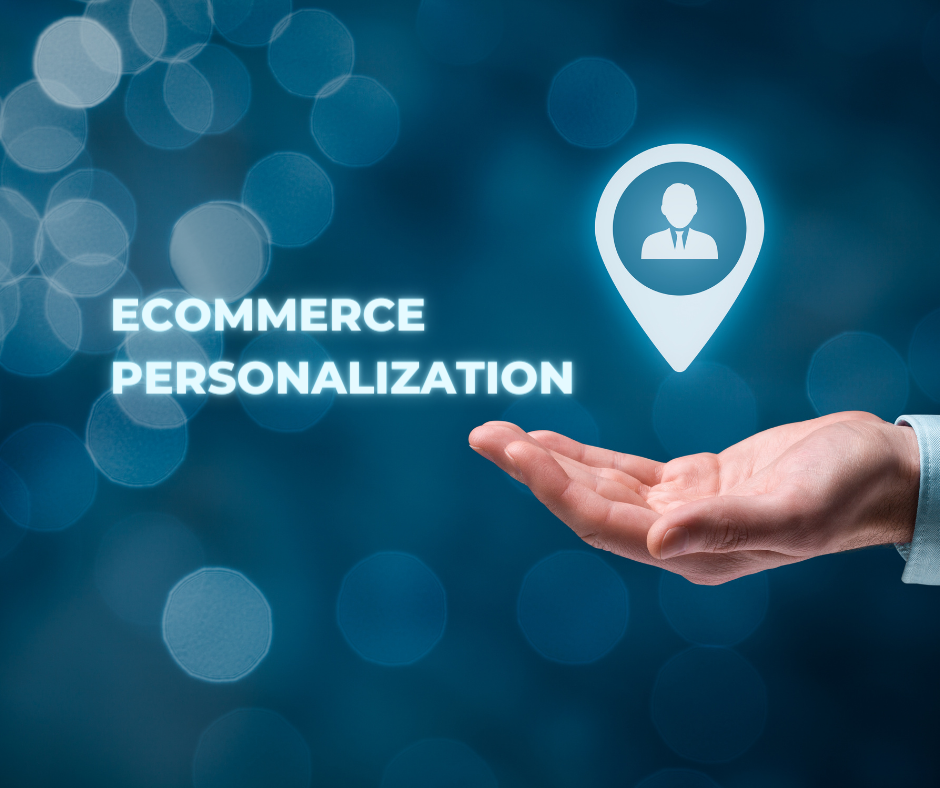Consumers often begin their shopping journey online which means it is more important than ever to ensure a shopper's online experience is reflective of their in-store experience.
In store, sales associates can work with customers one-on-one, guiding them through the showroom to products they may be interested in. Online shopping, without the hands-on assistance of an employee, will require that you help shoppers explore different options on their own, which means creating a personalized experience online is an integral part driving sales.
While many furniture retailers have perfected the shopping experience in their brick-and-mortar stores, it can still be challenging to deliver this same interaction online. Below, we’ll discuss ecommerce personalization tips to make your shoppers feel both welcomed and excited to browse and shop when they visit your website.
What Is Ecommerce Personalization?
Your website no longer needs to be a one-size-fits-all experience for every visitor. Instead, personalization allows you to create a unique experience for your customers, which can vary depending on your customer’s location, product preferences, or how they found your site. Creating curated and personalized experiences can help make online shopping more engaging for your customers and further enhance your brand.
What Are the Benefits of Ecommerce Personalization
When your furniture business can deliver personalized content online, you’re likely to see:
- Increased revenue.
- Increased customer loyalty.
- Higher conversion rates.
- Increased average order values.
With the expected continued growth of the ecommerce industry, businesses need to focus on connecting with their customers by creating an engaging and unique online shopping journey that gives furniture buyers the means to complete their purchase on their own terms.
5 Ecommerce Personalization Tips for Your Furniture Site
1. Use Localization
When your website uses localization, customers will see information that matches your furniture store that is closest to them through integrated geolocation. Offering your customers products, promotions, pricing, and availability specific to their store ensures their online experiences match the in-store experience. This accurate local information can help customers make purchasing decisions and not abandon their online shopping cart.
2. Personalize Through Customer Segmentation
In most cases, your brand's target market can be further broken into customer segments. For example, customers may be interested in specific types of products or promotional content based on their location, style, or shopping history.
Using customer segmentation allows you to group shoppers into personas, or customer profiles, which enables you to deliver personalized content throughout their online buying journey.
3. Improve the Customer Experience With Product Recommendations
Product recommendations allow you to cross-sell or upsell additional items in order to help drive revenue. For example, if a customer is shopping for a mattress, offer complimentary items such as foundations, pillows, or bedding. If a customer is shopping for a sofa, displaying accessories such as lighting or rugs can increase your average order value.
Both curated and AI-driven online recommendations can help display products that customers may not have seen organically browsing your site.
4. Implement Strategies Backed by Reporting and Analytic Tools
By understanding how users are interacting with your website, you can hone your marketing and sales strategies to effectively reach your target goals. Data-backed ecommerce personalization can have a positive impact when implementing your business strategy.
Using tools such as google analytics helps you understand key performance metrics such as sessions, highly-viewed pages and products, and your conversion funnel.
5. Provide an Omnichannel Experience
Omnichannel ecommerce allows customers to switch between online and in-store shopping without losing progress. With an omnichannel strategy, data is centralized and streamlined to provide a seamless personalized shopping experience across channels. With all data in sync, your store’s sales team can interact with customers online, in-store, and over the phone without having to worry if the information in the ERP system matches what the customer has seen elsewhere.
Personalize Your Brand With the Right Omnichannel Ecommerce Strategy
With a developed ecommerce personalization strategy for your website, you can provide customers with individualized options, additional information, and product recommendations that make their shopping experience a positive one. However, having a personalized experience on your website is just a part of a seamless omnichannel strategy. To discover what makes an omnichannel strategy successful, read our guide: Develop Your Strategy for Today’s Omnichannel World.




